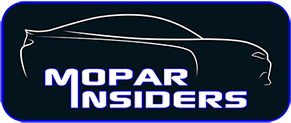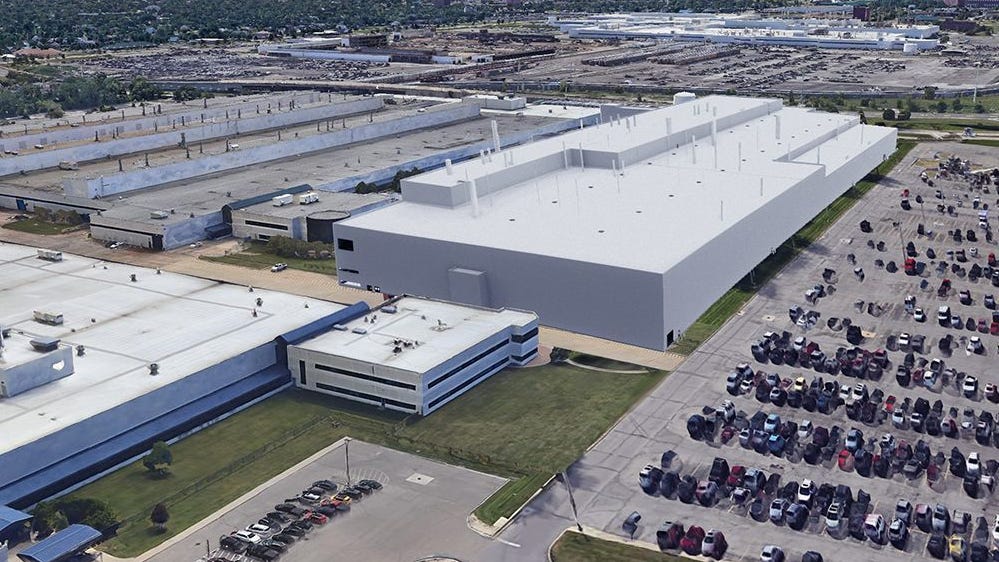Stephen Reitman
Yes. Good afternoon, everybody. Looking at the margins, obviously, North America, about 102% of the overall results. So, it's really all about North America with the optionality, I guess, in the other operations. How much do you think you can recover – or how much you're going to be delivering – sounds like you had mentioned that the cost savings will be more constrained in the second half of the year in the other regions. So, [indiscernible]?
And looking at the margins in North America, we see a very strong acceleration between Q1 and Q2. I think the guidance is very much that we'd see that much more in the second half of the year. So, we've seen 10% margins in the third quarter of last year. Do you think that's a consistent run rate we might see in Q3 and Q4? Thank you.
Richard Palmer
Hello, Stephen. Yes. So, as we look at the progression into second half of the year, I think, as you mentioned, the margin performance in Q2 in NAFTA is very supportive of our second half guidance. We expect to progress up to 10% margin in both Q3 and Q4 in NAFTA.
The drivers are the things we have been talking about. So, we will have more heavy-duty trucks in the second half, more Gladiators in the second half, actually more light duty as well. We would also have probably a better retail fleet mix, seasonality wise, improvement in pricing from the model year launch in Q3.
So, all of those things, together with continued focus on industrial costs, while it's true that we had launch issues through the beginning of – in the middle of last year, but we also had a lot of launch costs while continued issues in the plants also through the end of last year. So, I think we'll see industrial costs continue to be positive also in NAFTA through Q4. So, all of those elements are focused for us to get to 10-plus-percent margin in the second half for North America.
I think, for Latin America, we also expect to continue to see improvements. I think our business in Brazil has been performing very well. We are not counting on an improvement in Argentina, but I think the Jeep brand, the Pernambuco installation, the Fiat Toro as well, the team down there is doing a very good job. We have opportunities, I think, to continue to improve margin in Latin America, also outside of Brazil.
Maserati, in this first half, is taking a few impacts, not least of which the residual value impact we had this quarter, which we don't expect to repeat in the second half. It's also true that Maserati will continue to have some level, I think, of stock reduction in the second half. But I think we'll see some level of improvement first half to second half.
And, EMEA, obviously, the issue on EMEA is also seasonality because, as you know, Q3 has low seasonality in terms of volumes. We expect, though, Q4 to start to show some level of improvement in terms of margins. So, all of those things will contribute to seeing a second-half margin for the group which should exceed around 7% to get to our guidance.

